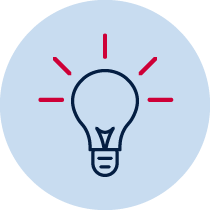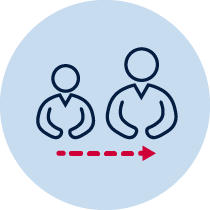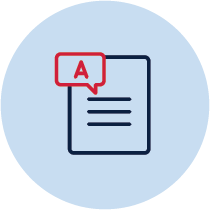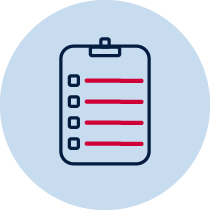The basics of inclusion

1. Your mindset matters
A teacher, student learning and support officer, Aboriginal Education Officer (AEO) or Aboriginal student learning and support officer’s personal mindset will have a real impact on students, including students with disability.
Teaching practices should reflect values, attitudes and behaviours that proactively model, support, and build a culture of diversity and inclusion. Actively seek to understand and include student voice, and to celebrate diversity.

2. Your language matters
Be aware of how you speak with the parents or carer of a student with a disability, as well as with the student. Words can reinforce negative stereotypes and limit expectations. Descriptive and objective language can be particularly helpful for identifying strengths and areas where supports may be helpful. Some prefer a person-first approach and say, ‘student with a disability’ instead of a ‘disabled student’. This puts the focus on the person and not on their disability.
Others may prefer identity-first language, such as saying an ‘autistic student’ instead of a ‘student on the autism spectrum'. Identity-first language can help individuals “claim” their disability with pride. Ask each student and family what they prefer and use their language.

3. Get to know your student and their goals
Get to know each student as an individual with their own strengths and interests. It is important to identify what the student requires to learn to ensure learning is meaningful and rigorous. Learning more about what a student likes and dislikes can provide starting points to engage them in the classroom.
For example, teachers can design developmentally-appropriate learning tasks in which a student’s preferred colours, story characters, animals or sporting heroes are included. Using a student’s goals, strengths and interests can motivate them, help them learn new material in a familiar context, and connect them with other students.

4. Develop constant routines to support daily wellbeing

5. Use each student's unique strengths, interests and abilities
All students have unique strengths and abilities. Create opportunities for students to use these to help them experience confidence and success in their learning.
For example, a student may find writing or drawing by hand challenging but be skilled at creating diagrams and illustrations on the computer. Provide opportunities for the student to access technology in some of their projects while continuing to provide opportunities for them to continue to develop writing and drawing skills. Peer tutoring, in which a student is provided with an opportunity to teach a skill to other students can also reinforce their strengths and boost their self-esteem.

6. Consider the student's learning profile
Get to know how each student learns best, and use a variety of modes of delivery to cater for diverse learning profiles. Observe whether a student is most engaged during visual, verbal, musical, hands on/kinaesthetic, social, solitary, active, problem-solving or logical experiences. Designing experiences that cater to their learning profile can help engage them, motivate them, and help them learn.

7. Have high expectations
Have high expectations for all students. Tailor the curriculum to each student’s strengths, goals and abilities so that learning experiences are challenging yet achievable.
Support student’s participation in all school activities. For example, if everyone is expected to pack up at the end of the class, a student with a disability should also be expected to pack up at the end of the day. Students with disability may require adjustments to be able to engage in the activity alongside their peers. This could include additional time, visual supports, and some physical support.

8. Use evidence-based strategies
Use evidence-based strategies, such as those found on our site, when making reasonable adjustments to support the inclusion of a student at school. Evidence-based strategies have been tested in classroom settings or other relevant settings, and are proven to lead to effective change or improvements.
School Excellence Framework alignment
Wellbeing
Australian Professional Standards for Teachers alignment
Standard 1: Know students and how they learn
Audience
School leaders and primary teachers
Purpose
This guide includes strategies to strengthen your inclusive practice. This guide can be used for your own professional development or to support colleagues in adopting inclusive practices.
Reviewed
November 2021. Share your feedback here